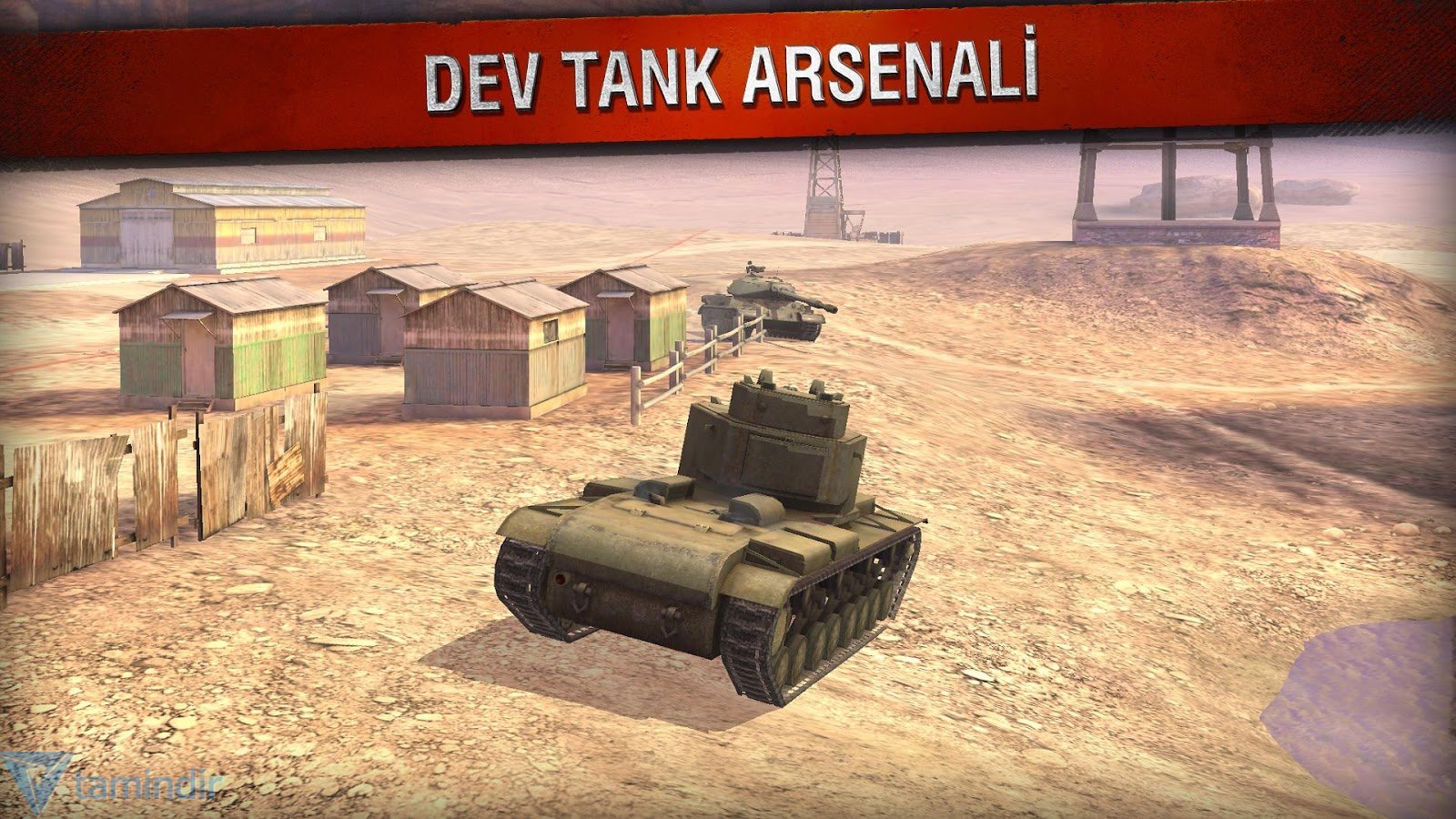

After the Fall of France in mid-1940, and the loss of most British tanks there, there was no likelihood of production being spared for New Zealand. New Zealand had built some improvised armoured trucks, and unable to get any tracked carriers from Australia, were building their own with armour plate imported from Australia. The use of the American Disston "Six Ton Tractor Tank", a 1937 vehicle constructed of an armoured box on a Caterpillar Model 35 chassis which had been sold to Afghanistan, was suggested. The idea of mechanising the New Zealand Army had been suggested before the war but without much progress. Although Australia and New Zealand had some heavy industry that could be turned to the production of armour and armoured vehicles, little such preparation had been done. Design and construction Īt the onset of the Second World War, New Zealand-like its neighbour Australia-had no indigenous armoured fighting vehicle industry, and it was expected that armoured fighting vehicles would be imported from Britain.

Designed and built during a period of uncertainty in which New Zealand feared having to defend itself from Japanese invasion without external assistance, these tanks were a civilian effort to design and create a means to protect New Zealand.ĭesigned and built without formal plans or blueprints, it had numerous design flaws and practical difficulties, and was never put into mass production or used in combat. Originating out of the need to build military hardware from available materials, the tank was built from corrugated iron on a tractor base. The Bob Semple tank (sometimes referred to as Big Bob) was a light tank designed by New Zealand Minister of Works Bob Semple during World War II.


 0 kommentar(er)
0 kommentar(er)
